Because artichokes are thick, fleshy vegetables, it can be intimidating to cut, trim, and prepare them for meals. However, here are some steps on how to prepare artichokes using a quality knife, such as our Seido Kiritsuke Damascus Chef Knife

HOW TO CLEAN ARTICHOKES
STEP 1: RINSE
Start by rinsing your artichokes in cold water. This will remove any dirt on the leaves. You can also spread the leaves apart gently so that water rinses out the crevices.
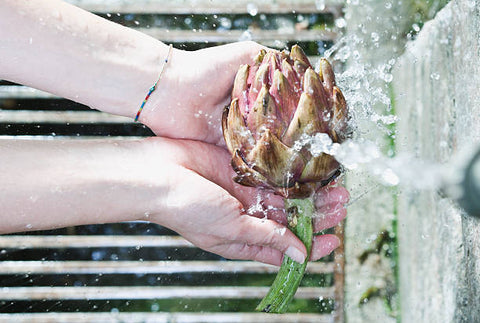
STEP 2: PAT DRY
Next, shake the artichokes to remove the water. You should also pat them dry with paper towels. Try to dry in between the leaves as well.
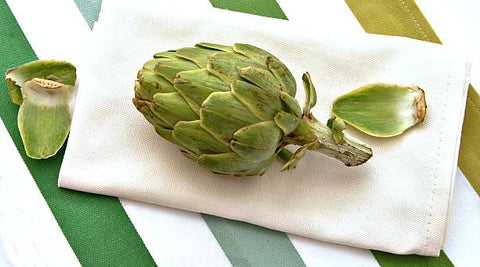
STEP 3: REMOVE STRAY LEAVES
You can remove any stray leaves that look discolored or wilted. Simply use a sharp knife or kitchen scissors, and cut them off.
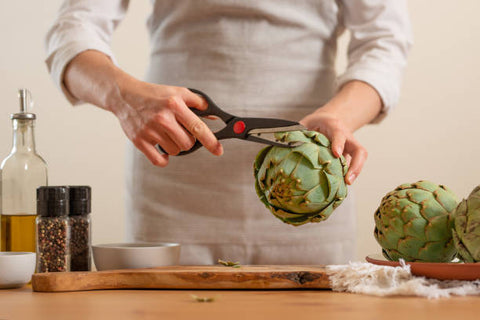
Master Artichoke Prep with Seido Knives
TOOLS NEEDED
PARING KNIFE/SERRATED KNIFE
The first tool you'll need is a paring knife. But, what is a paring knife used for? A paring knife is essentially a mini chef's knife that gives you greater precision, especially when you’re cutting thick-skinned vegetables, like artichokes. Our Tengoku Chef Knife Set, 10-piece, features a 3.5-inch paring knife.
CUTTING BOARD
Besides a paring knife, you will also need a wooden or plastic cutting board. Make sure it's large enough for your artichokes and is slip-resistant.
KITCHEN SCISSORS
Kitchen scissors are ideal for removing the spiky tips of your artichoke leaves. Simply hold up the artichoke and snip off the sharp points.
HOW TO CUT AN ARTICHOKE
Cutting an artichoke involves trimming off the top and stems and getting to the center.
STEP 1: HOW TO TRIM AN ARTICHOKE
Using the 3.23-inch paring knife from our Seido Hanikamu VG10 Damascus Chef Knife Set, trim about 1 inch off the top of the artichoke. Then, trim off the end of the stem.
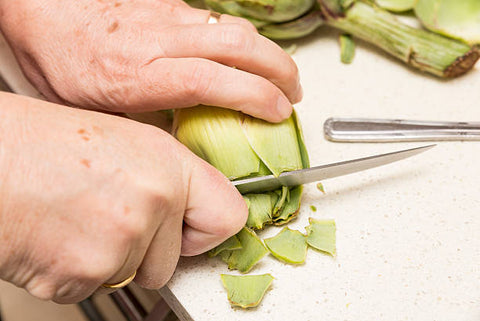
STEP 2: REMOVE THE CHOKE AND THE OUTER LEAVES
Spread the leaves apart so that you seek the choke—the hairy mass. Scoop out the choke to reveal the heart and inner leaves, then trim and remove any tough outer leaves. Enjoy the most flavorful parts of the artichoke: the center and inner leaves!
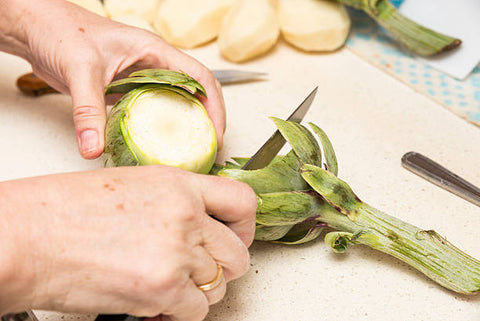
STEP 3: SLICE AND DICE
Once you have the edible part of the artichoke, you can chop them into cubes or wedges.
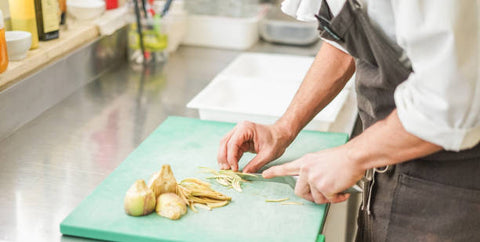
HOW TO PREPARE ARTICHOKES
USE LEMON TO PREVENT OXIDATION
One of the best ways to prepare artichokes is to rub all the cut surfaces with lemon halves. This will keep your artichokes fresh.
SUBMERGE ARTICHOKES IN COLD WATER
You can also submerge your artichokes in a mixture of cold water and fresh lemon juice. Just like rubbing with a lemon half, the lemon water will further prevent oxidation while keeping your artichokes hydrated.
HOW TO STORE ARTICHOKES UNTIL YOU USE THEM
If you aren't ready to cook your artichokes just yet, you can keep your artichokes in the lemon water. Let them soak there for roughly 15-30 minutes. If you won't be needing your artichoke for several hours, refrigerate them in the lemon water.
BONUS TIPS
When preparing artichokes, one of the best tips to follow is a rather simple one: Choose the right artichokes. Find one that feels heavy and has tightly packed leaves. The leaves should be a vibrant green color.
Another tip is to make sure your paring knife is sharp. This will allow you to avoid bruising the artichoke's flesh.
Finally, you can save all the leaves that you removed. Cook the trimmed leaves and use them to infuse your broths and soups. This will give your broths an artichoke flavor.
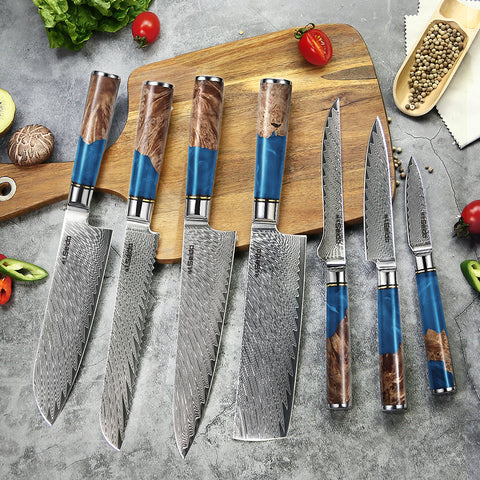
Try Our Best Seller Knife Set Featuring Sharp Paring Knife →
FINAL THOUGHTS
Whether you plan to sauté, grill, or steam your artichokes, it's important to cut, trim, and prepare them properly first. This will help enhance the flavor and elevate your dishes. There are many ways to cook artichokes, but the first step is cutting, trimming, and preparing them. Once you have mastered that, you're ready for any artichoke dish. Bon appétit!



